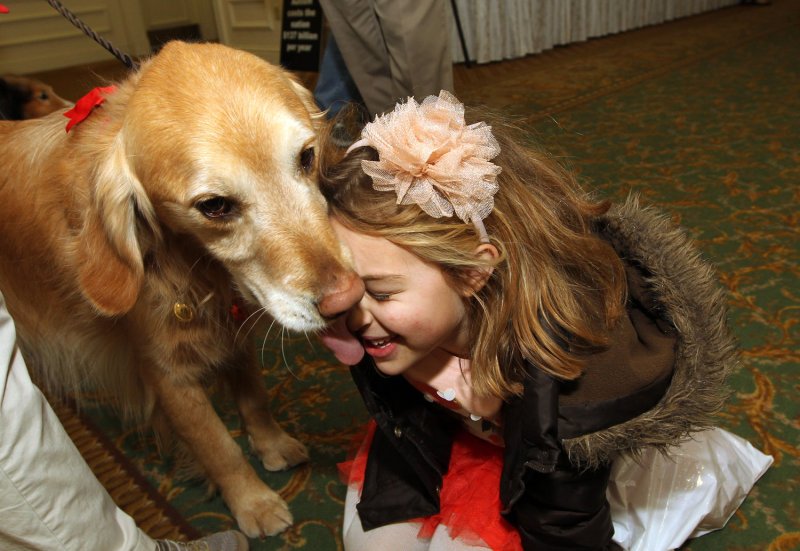Autism may be detected much earlier than thought.
UPI/Bill Greenblatt |
License Photo
ATLANTA, Nov. 7 (UPI) -- U.S. researchers identified signs of autism present in the first months of life -- a steady decline in attention to other people's eyes.
Lead author Warren Jones of the Marcus Autism Center, Children's Healthcare of Atlanta and Emory University School of Medicine, tracked babies from birth until age 3, using eye-tracking technology, to measure the way infants look at and respond to social cues.
The study, published online in the journal Nature, found infants later diagnosed with autism showed declining attention to the eyes of other people, from the age of two months to 24 months.
"By following these babies from birth, and intensively within the first six months, we were able to collect large amounts of data long before overt symptoms are typically seen," Jones said in a statement.
"Teams of clinicians assessed the children longitudinally and confirmed their diagnostic outcomes at age 3. Then the researchers analyzed data from the infants' first months to identify what factors separated those who received an autism diagnosis from those who did not. What they found was surprising."
Co-investigator Ami Klin, director of Marcus Autism Center, said the researchers observed a steady decline in attention to other people's eyes, from 2 until 24 months, in infants later diagnosed with autism, but these results reveal that there are measurable and identifiable differences present already before six months.
However, the researchers cautioned what they observed would not be visible to the naked eye, but requires specialized technology and repeated measurements of a child's development over the course of several months.
"To be sure, parents should not expect that this is something they could see without the aid of technology, and they shouldn't be concerned if an infant doesn't happen to look at their eyes at every moment," Jones said. "We used very specialized technology to measure developmental differences, accruing over time, in the way that infants watched very specific scenes of social interaction."















